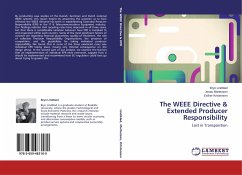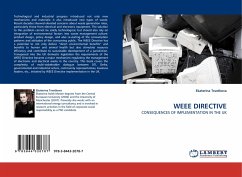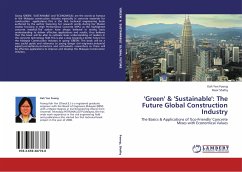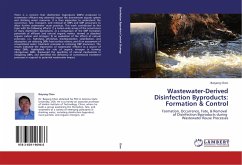By conducting case studies of the Danish, Gernman and Dutch national WEEE systems, this report begins by answering the question as to how effective the WEEE directive has been in implementing Extended Producer Responsibility (EPR) in the IT & Telecommunications Equipment industry. Our findings indicate that recycling rates have improved in all three cases, but that there is considerable variation between how EPR is complied to and organized within each country. Some of the most significant factors of variance are regarding financial guarantees, quality of treatment, the role of collective Producer Responsibility Organizations, the presence of competition, and the possibilities for taking individual producer responsibility. We found that in none of the three examined cases was individual EPR taking place, having very minimal consequence on the design phase. In the second part of our analysis, we examine the barriers that an implementation of individual EPR must overcome, suggest how it should be implemented and recommend how EU regulation could best go about trying to govern this.
Bitte wählen Sie Ihr Anliegen aus.
Rechnungen
Retourenschein anfordern
Bestellstatus
Storno








